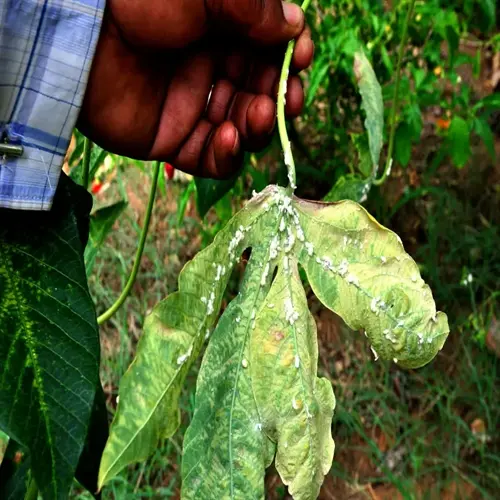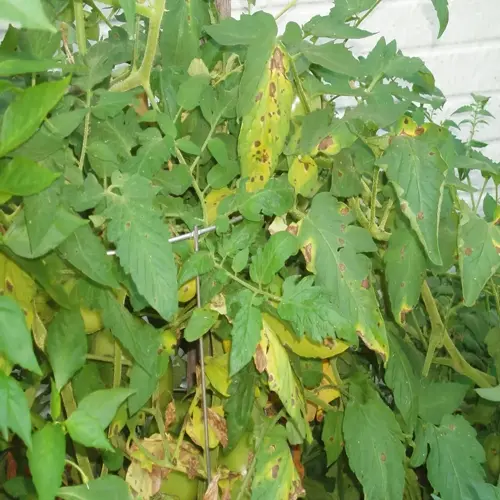Can high humidity cause root rot?

Written by
Nguyen Minh
Reviewed by
Prof. Samuel Fitzgerald, Ph.D.High humidity is a primary factor in causing root rot, as it reduces evaporation from the soil and keeps the roots constantly wet. I've witnessed greenhouse plants suffer when environmental humidity is high during the summer. Moisture accumulation in the root zone provides ideal conditions for fungal pathogens, such as Pythium, to grow and escalate colonization of susceptible root tissue.
Airflow Management
- Use oscillating fans to maintain constant air movement around plants. Position fans to circulate air without directly blasting foliage. I run fans 4 hours daily during humid months preventing stagnant moist air pockets where fungi multiply rapidly.
Soil Moisture Regulation
- Adjust watering frequency based on humidity readings. High humidity means watering half as often. I use moisture meters to track actual soil conditions rather than following fixed schedules. This prevents accidental overwatering during muggy weather.
Environmental Monitoring
- Track humidity levels with digital hygrometers placed near plants. Ideal ranges are 40-60% for most houseplants. I use smart sensors that alert me when humidity exceeds 70% allowing quick intervention with dehumidifiers or increased ventilation.
To achieve optimal protection, combine humidity management with soil amendments. During humid seasons, increase the amount of perlite in potting mixes to help retain moisture. I use 40% inorganic material in my tropical plant soil to create air pockets, which diminish moisture retention during high humidity.
Plants vary in their tolerance to humidity, with ferns surviving in humidity levels of 70% versus succulents, which require humidity below 50%. In my greenhouse, I group plants according to their humidity requirements. By doing so, I ensure that the plants that thrive in humidity don't compromise the moisture-sensitive plants nearby.
Look out for early warning signs such as condensation on leaves or window sills. These are signs of too much ambient moisture. I use these visuals to turn on my dehumidifiers and address the issue before it becomes a root problem. Prevention is always better than fixing rods after they manifest.
Recovery means drying the roots slowly without shocking plants. For humidity-damaged plants, I will temporarily place them in lower-humidity areas. Over the next two weeks, I will gradually reintroduce them to their normal conditions. I watch for new root growth every day.
Read the full article: How to Treat Root Rot: A Complete Guide

